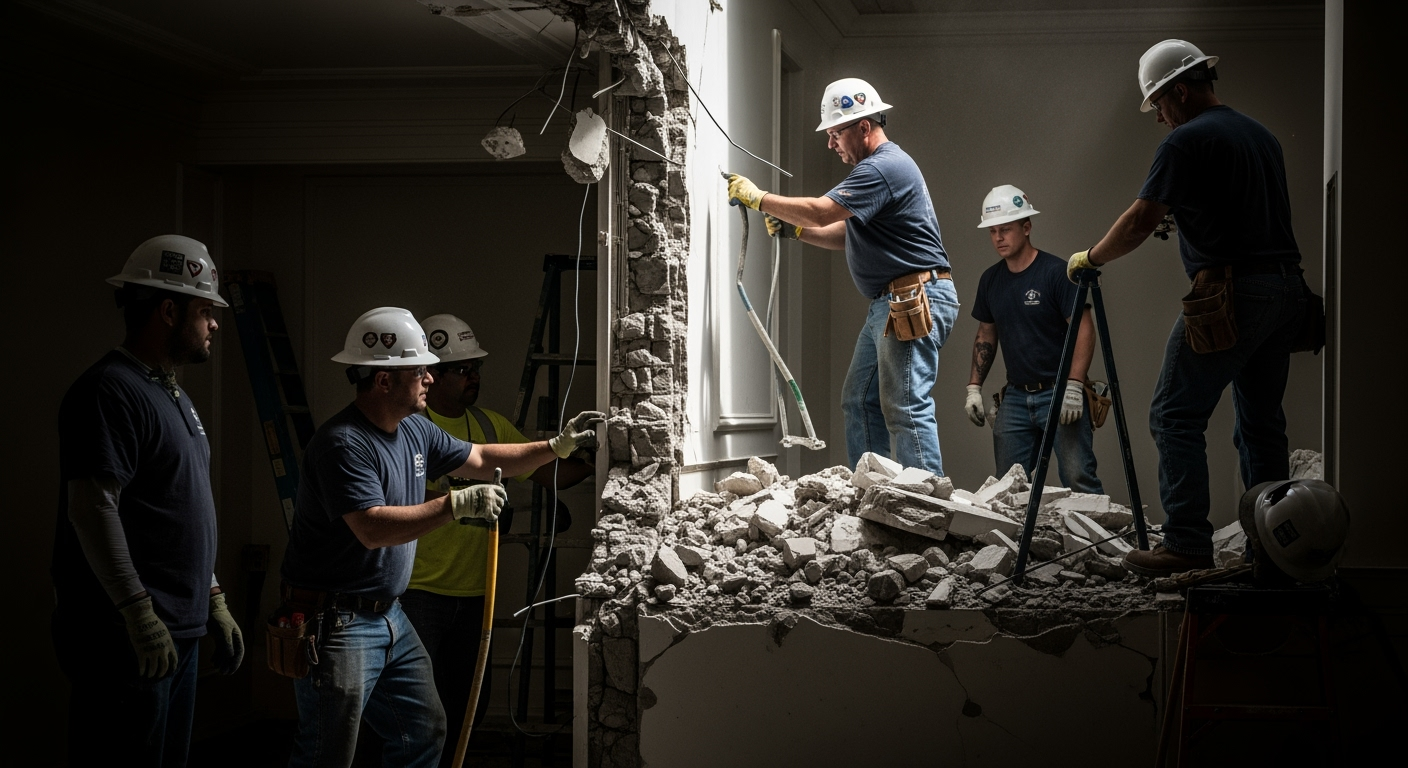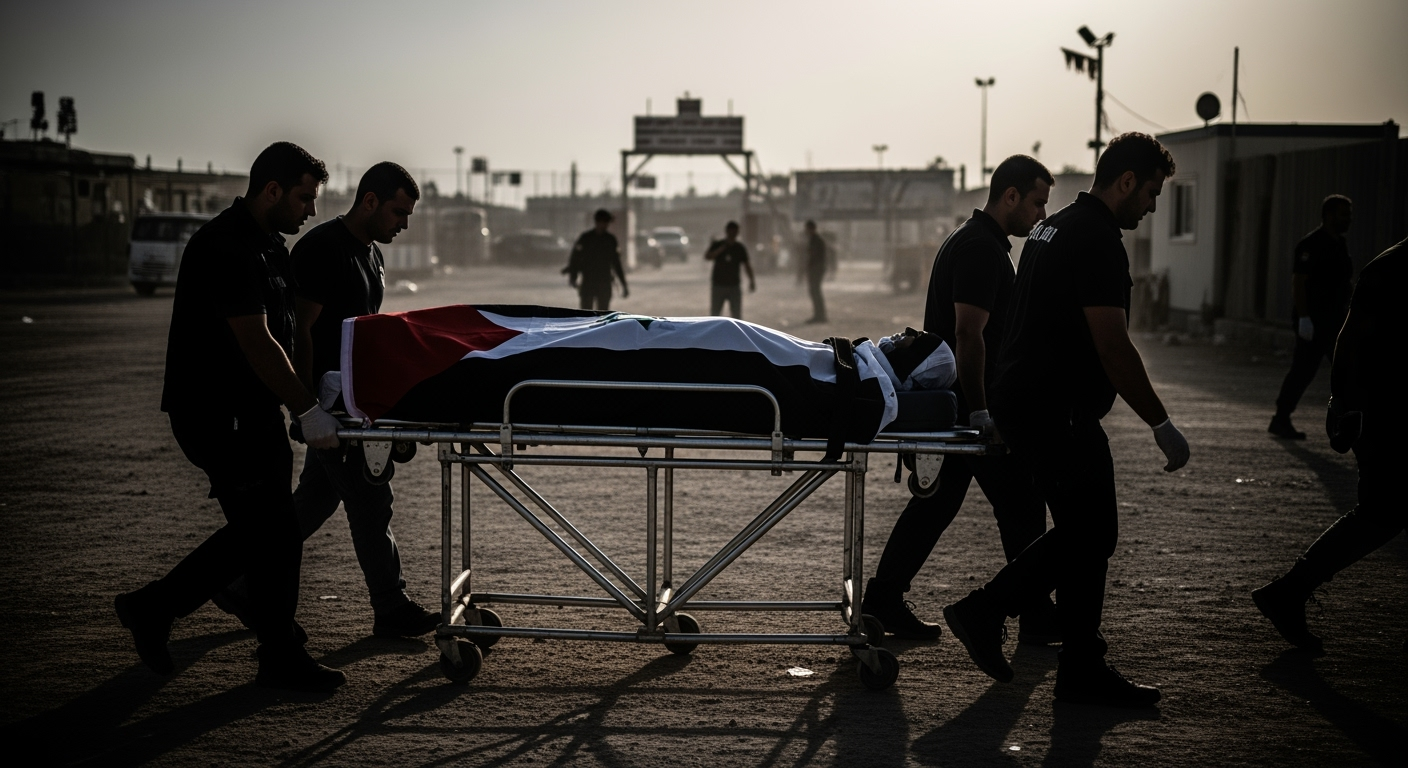Related Articles

Brazil Greenlights Offshore Oil Drilling Near Amazon Mouth Amid Environmental Outcry

Historic White House East Wing Demolition Underway for New Ballroom





Gaza Strip – Israel has returned the bodies of 15 Palestinians to the Gaza Strip, a development that follows the identification of Eliyahu Margalit, a 76-year-old Israeli hostage whose remains were handed over by Hamas. The exchange, mediated by the International Committee of the Red Cross (ICRC), underscores the delicate and often contentious implementation of a U.S.-brokered ceasefire agreement designed to end two years of intense conflict in the region. The latest transfers occurred on Saturday, October 18, 2025, amidst ongoing tensions over the adherence to the broader terms of the truce.
The return of bodies is a critical, albeit grim, component of the ceasefire deal, which stipulates that for every Israeli hostage's body recovered, Israel is to release 15 Palestinian bodies. This latest exchange brings the total number of Palestinian bodies returned by Israel to 135, while Eliyahu Margalit marks the tenth confirmed deceased Israeli hostage to be returned from Gaza. However, the process has been fraught with difficulties, including accusations of non-compliance and deeply disturbing reports regarding the condition of the Palestinian remains.
Eliyahu Margalit, who was abducted during the October 7, 2023, Hamas attack from his workplace at a horse stable in Kibbutz Nir Oz, was identified through forensic testing by Israel’s National Center for Forensic Medicine. His family has been notified, bringing a measure of closure to a painful two-year wait. Margalit is one of 28 deceased Israeli hostages believed to have been held in Gaza, with the fate of 18 others still unknown.
The broader ceasefire agreement, brokered by U.S. President Donald Trump, aimed for the return of all remaining hostages, both living and deceased. While 20 living hostages were returned by October 13, 2025, the recovery of the deceased has proven more complex. Prior to Margalit, other identified deceased Israeli hostages include Tamir Nimrodi, Uriel Baruch, Eitan Levi, Guy Iluz, Captain Daniel Peretz, Yossi Sharabi, Bipin Joshi (a Nepali citizen), Inbar Haiman, and Muhammad el-Atrash. The identification of these individuals has often followed a solemn protocol, involving military ceremonies and forensic examination upon their transfer to Israel.
The exchange mechanism has been repeatedly challenged by disputes and unsettling discoveries. On October 15, Israel revealed that one of the four bodies previously handed over by Hamas was not that of an Israeli hostage, sparking accusations of a violation of the agreement. Israeli Prime Minister Benjamin Netanyahu's office reiterated that Israel would not make concessions and would spare no effort until all deceased hostages were returned. Hamas, for its part, has claimed that the extensive destruction in Gaza makes locating and retrieving bodies exceedingly difficult.
Adding another layer of distress to the exchanges are the alarming reports from medical personnel in Gaza concerning the Palestinian bodies returned by Israel. Doctors at Nasser Hospital in Khan Yunis reported that many of the 90 Palestinian bodies transferred earlier, also facilitated by the ICRC, showed signs of torture and execution. These alleged signs included blindfolds, bound hands, bullet wounds to the head, strangulation marks, broken bones, and mutilation. Some bodies were reportedly run over by tanks. Gaza health authorities have noted that these bodies were returned with only numbered labels, lacking proper identification, and that local hospitals, heavily damaged by two years of conflict, lack the means for DNA analysis to identify the remains. These accounts have led to accusations from Palestinian health officials that Israel deliberately withheld identification to inflict further suffering on grieving families.
The delicate balance of the ceasefire agreement extends beyond the exchange of bodies, impacting humanitarian aid and access to Gaza. The Rafah border crossing, a crucial lifeline for the enclave, remains closed. While the Palestinian embassy in Egypt announced its reopening, Israel's Prime Minister's Office swiftly rejected the claim, stating the crossing would stay shut until Hamas fully adheres to the hostage deal. This closure further exacerbates the dire humanitarian situation in Gaza, where access to essential supplies has been severely constrained.
The United Nations has expressed concern over Israel's decision to reduce humanitarian aid, a move Israel stated was a response to delays in the transfer of deceased hostages. The protracted nature of the conflict and the challenges in implementing the ceasefire have deeply impacted families on both sides, with protests held in Tel Aviv by families of deceased hostages accusing the Israeli government of inadequacies in securing the return of their loved ones.
The ongoing process of recovering and identifying remains, coupled with accusations of violations from both sides, casts a long shadow over the stability of the U.S.-brokered ceasefire. The difficulties faced by Hamas in locating bodies amidst the rubble of Gaza, and the disturbing condition of Palestinian bodies returned by Israel, continue to fuel animosity and distrust.
As the international community watches, the successful implementation of the full agreement—including the disarmament of militant groups and plans for Gaza's future governance—remains highly uncertain. The current exchanges, while providing some families with closure, also serve as a stark reminder of the profound human cost of the conflict and the intricate challenges involved in forging lasting peace in the region.